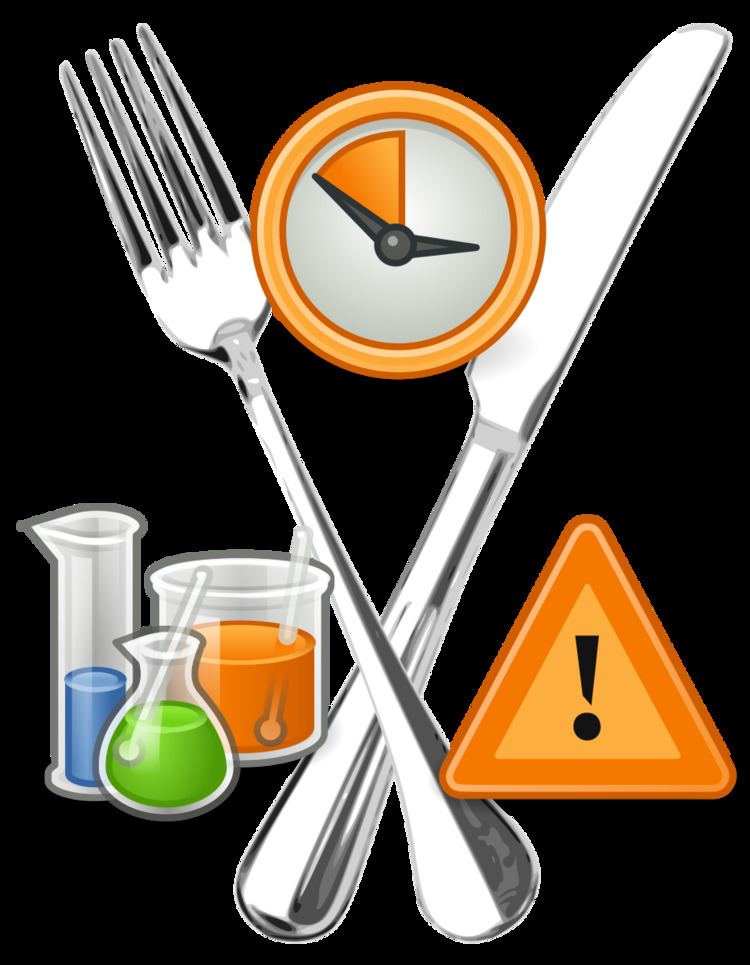 | ||
Critical control point (CCP) is the point where failure of standard operation procedure (SOP) could cause harm to customers and to the business, or even loss of the business itself. It is a point, step or procedure at which controls can be applied and a food safety hazard can be prevented, eliminated or reduced to acceptable (critical) levels. The most common CCP is cooking, where food safety managers designate critical limits.
Contents
Food in cooking
In the United States, the Food and Drug Administration (FDA) establishes minimum internal temperatures for cooked foods. It is important to remember that these values can be superseded by state or local health code requirements, but they cannot be below the FDA limits. Temperatures should be measured with a probe thermometer in the thickest part of meats, or the center of other dishes, avoiding bones and container sides. Minimum internal temperatures are set as follows:
165°F (74°C) for 15 seconds
155°F (68°C) for 15 seconds
145°F (63°C) for 15 seconds
145°F (63°C) for 4 minutes
135°F (57°C) for 15 seconds
In addition, hot food must be held at a minimum internal of 135°F (57°C) if it is not immediately consumed. The temperature must be checked every 4 hours or else labeled with a discard time. Although monitored hot food can be held indefinitely in this way without a food safety concern, the nutritional value, flavor, and quality can suffer over long periods.
Fresh-cut fruits and vegetables
Fruits and vegetables are liable to have microbiological contamination, such as with the bacteria of Escherichia coli O157:H7, Salmonella enteritidis and Listeria monocytogenes, perhaps due to a post harvest mishandling. There are several methods and protocols which are able to reduce or even eliminate the pathogens and these include
